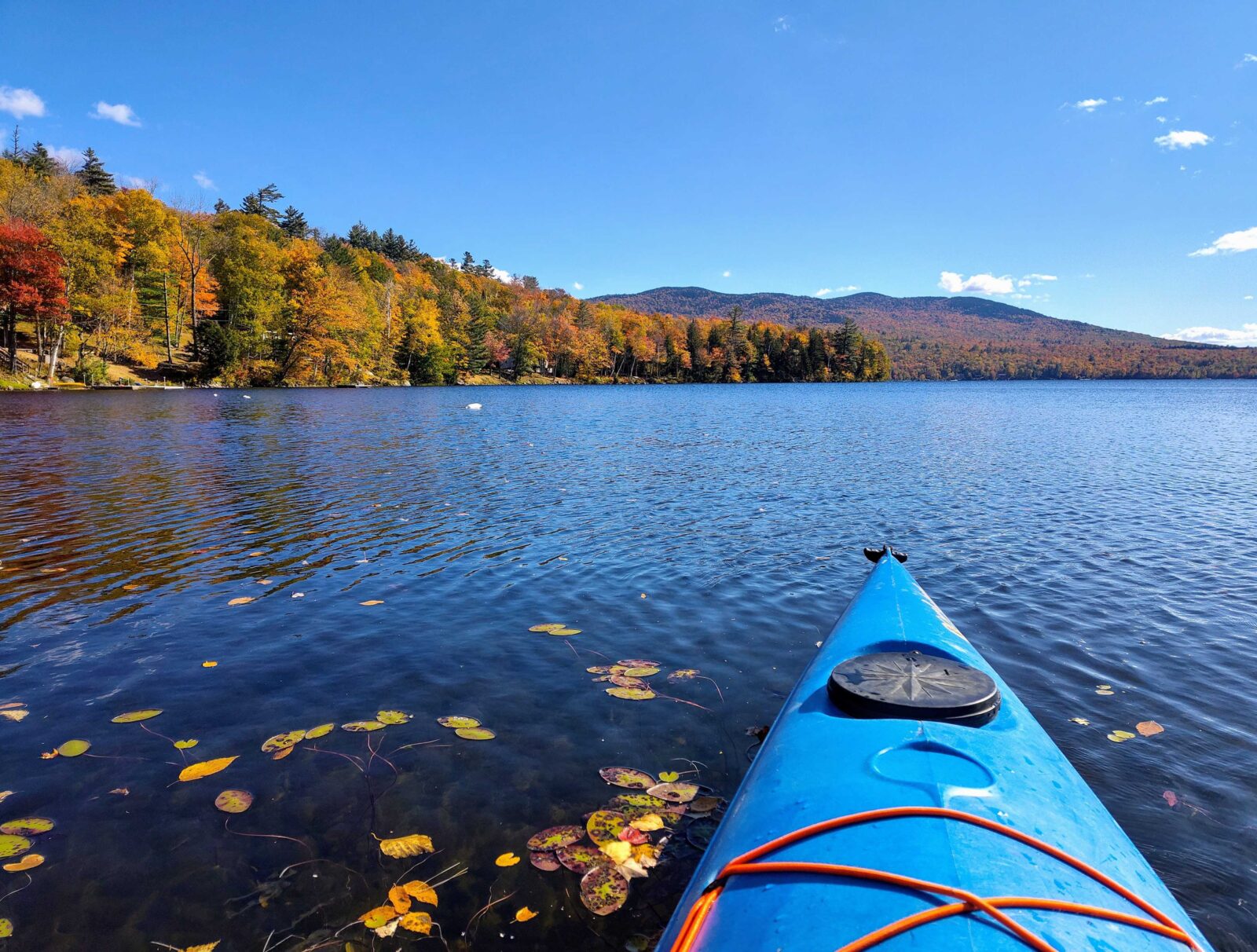How Autumn Transforms New Hampshire’s Lakes
You don’t need a calendar to know fall has arrived in New Hampshire. The crisp air, vibrant foliage, and early sunsets say it all. As we pull out sweaters, rake leaves, and prep for winter, it’s easy to forget that the natural world is undergoing some serious transitions—especially under the surface of our lakes.

While we admire the fiery colors above, an equally important and fascinating change is happening below: the fall lake turnover.
What Is Fall Turnover?
During the summer, most New Hampshire lakes separate into distinct layers. The sun warms the surface water, creating a warmer, less dense, oxygen-rich layer on top (the epilimnion), while the deeper water remains cold, dense, and low in oxygen (the hypolimnion). These layers stay separate all summer long—like oil and water—each becoming increasingly out of balance.
By late summer:
- Oxygen is scarce at the bottom.
- Nutrients are locked deep below, far from the surface.
Then comes the turning point—literally.
How Cooler Temperatures Mix It All Up
As autumn cools the surface water, it becomes denser and starts to sink. This simple physical change triggers a complete mixing of the lake’s layers. The oxygen from the surface is pushed down, and nutrients from the bottom are brought up.
This process is called fall turnover, and it:
- Re-oxygenates the entire lake, supporting fish and aquatic life throughout the lake.
- Redistributes nutrients, sometimes causing temporary cloudiness or sulfur smells, and sometimes algae and cyanobacteria blooms.
- Allows fish to move deeper into the lake, often changing fishing patterns.
It’s nature’s way of hitting the reset button before the ice sets.

Why Turnover Matters
Once winter arrives and the lakes freeze, there is no more mixing. The ice acts as a cap, locking everything in place until spring.
That’s why fall turnover is so important:
- It prepares the lake for months of stillness.
- It ensures aquatic ecosystems have an adequate water and food supply throughout the winter.
- It supports long-term balance in the lake’s nutrient and oxygen cycles.
If you’ve noticed changes in the water clarity, fish activity, or even the occasional “swampy” smell while hiking or fishing this time of year, chances are you’ve seen the effects of fall turnover firsthand.
New Hampshire’s lakes aren’t just beautiful—they’re alive with science. So this fall, take a moment to appreciate the leaves changing above and the incredible transformation unfolding beneath the water’s surface.

